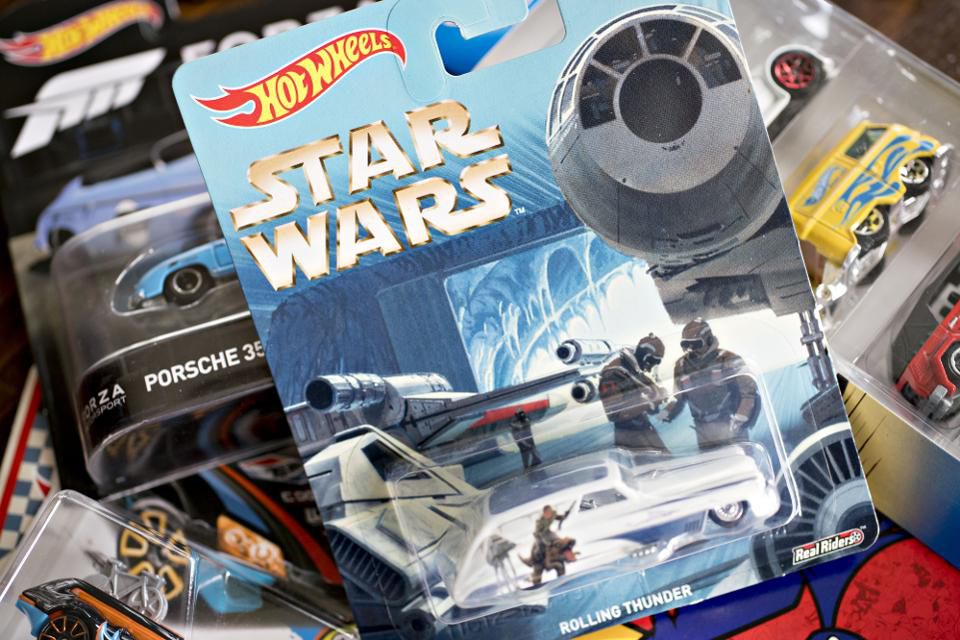For any brand to sustain itself in this cut-throat market, it needs to instill a certain recall value in the minds of its existing and potential customers. Today, several brands are leveraging digital technologies to create effective marketing campaigns that reach a wider network of people and stay fresh in their minds for longer periods of time. Strategies such as affiliate marketing, influencer marketing, content marketing, etc. are being used by brands extensively to boost brand recognition and attract more customers.
However, all advertising is inherently ephemeral. Therefore, as competition grows, brands need to go out of their way to ensure sustained brand loyalty. Through new and creative ways, brands need to reiterate that their value proposition is unique and products are better than the rest. How exactly do brands disseminate this message while positioning themselves as domain leaders within their product segment?
For this, brands need to understand the shifting mindset of their consumers. Modern consumers know that they have a variety of high-quality brands to choose from. They are well-informed about the offerings from several brands and know exactly what fits the bill for them. To meet this informed customer’s high expectations, brands have to offer a bit more than just great products. They have to offer unique experiences that help customers understand the brand and connect with it.
This is where experiential marketing steps into the picture.
Creating and sharing the brand story through experiential marketing
Experiential marketing is a new-age marketing strategy being used by brands to offer immersive brand experiences to customers. Also known as engagement marketing, this technique focuses on promoting the brand’s story instead of just its products. Differentiated experiences designed by brands help customers connect with their ideologies, aesthetic, and overall messaging.
This can be better illustrated with an example. Let’s suppose Brand X, which deals in budget accommodations for students, decides to boost customer acquisition and retention through a curated brand experience. This brand can leverage experiential marketing by creating a highly-personalized event for existing customers. These customers can be invited to visit one of the brand’s accommodations to paint pictures depicting their culture on the walls within the premises. In this way, the brand can cement its position as a haven that witnesses the confluence of different cultures that exist together in harmony.
The brand can further give the attendees a chance to stay within the premises to experience the brand’s exceptional services free of cost. The attendees will go back with fond memories about the brand and will definitely feel a long-lasting connection with it. Thus, through a curated, brand-relevant experience, Brand X can reinforce its ideologies, boost sales and offer unparalleled experiences to its prized customers.
Similarly, Brand Y, that manufactures energy drinks, can hold a high-energy, overnight concert where guests are served the drink in the wee hours of the night. Again, customers can understand the brand’s product in real-time, while also having a fun, memorable experience.
Apart from those mentioned above, other experiential marketing strategies include pop-up shops, workshops, product testing or tastings, street-art or installations, giveaways and contests, and more. All these methods involve direct interaction between customers and brands that lead to something more than just a transactional relationship between the two parties.
Thus, experiential marketing involves a one-off or recurring event that drives meaningful interactions with customers, essentially creating an impression that stays with them longer than any advertisement. In fact, a report by the Event Marketing Institute and marketing giant Mosaic revealed that 74% of consumers are more likely to buy products from a brand after being a part of branded event marketing experiences.
One step ahead: Combining experiential and digital marketing
To amplify the impact of the experiences offered by them, brands are now integrating experiential marketing with other, proven marketing methods. For instance, Brand X, as mentioned above, is inviting selected customers to its premises for a curated event. It can encourage attendees to share live videos and pictures of this event through leading social media channels such as YouTube, Instagram, Facebook, and Twitter.
Further, it can also invite influencers to cover the event and boost the brand’s visibility through engaging content. In this manner, Brand X can gain mass appeal and register ROI in the form of likes, shares, comments, and most importantly, increased conversions.
Furthermore, engagement marketing also leads to increased word-of-mouth marketing, which is one of the best ways for a brand to expand its reach organically. Thus, by converting the brand’s core values into interactive experiences, brands can achieve much more than just increased sales. It can allow brands to build strong relationships with people, turning customers into brand ambassadors who will vouch for the brand every single time.
[“source=brandequity”]





















































